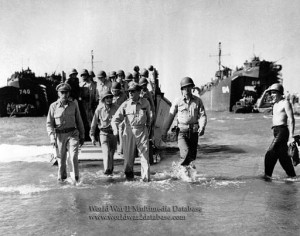“Do you have your tree up?” my mother asked last night.
“Ma, it’s the first day of December,” I replied, a bit of exasperation in my voice. “Of course I don’t have the Christmas tree up.”
When it comes to holiday decorating, I’d definitely make Santa’s naughty list. I don’t have tubs filled with Christmas decorations up in the attic, I don’t own Christmas towels and there’s not a 12-foot inflatable Frosty the Snowman in our garage.
“But it’s already December,” my mom said.
I reminded her that we’re still eating Thanksgiving turkey and Halloween Kit-Kat bars so it’s inconceivable that we’d have Christmas decorations up on the first day of December.
The truth is, I’ve never been a holiday decorator. When the boys were young, I relied on them to make our holiday decorations in school. For years, most of the ornaments on our tree were either made from macaroni, construction paper or were the feature of the week in a holiday Happy Meal.
I’d hang their construction-paper rings on the tree and convince myself garland and tinsel would detract from the boys’ glitter-heavy hand-made stars and Popsicle-stick Christmas trees.
When we lived in Pecan Grove, we felt the pressure to outline our yard with lights. Luckily my husband took care of stringing the lights and running the extension cords. We met the bare minimum, and I was happy with that situation. When over-sized lollipops were big in yard decorations, I wanted to get a few. A friend told me how to use wrapping paper, twine and a big dowel rod to make them. I thought they were pretty nifty until the boys decided to stage a full-out battle in the front yard using the lollipops as battering rams.
One year, I bought a couple of light-up reindeer for the yard. Because I’m basically a cheapskate, I bought small light-up plastic reindeer. The neighbor’s son came over and asked why we had had dogs instead of reindeer in our yard.
“Those are reindeer,” I told him.
“Those are the size of a puppy,” the 8-year-old said.
From then on, my husband christened them the “rain-dogs,” and they’ve been a staple in the Adams front yard for many years.
But it’s not just the outside where I slack off. Inside decorations are pretty much limited to the tree, a nativity set and occasionally a miniature winter village for the writing table.
A few years ago, the lights burnt out on the cord, and I couldn’t find replacement bulbs. I boxed the set up and forgot I didn’t have bulbs. But I keep getting the box out of the attic year after year, smacking myself in the head for not finding the bulbs and the box went back in the attic after the holidays.
I keep seeing knick-knacks in the store to put on shelves, but there are some items on our shelves that haven’t moved in years. I’m certainly not going to box them up and replace them with ceramic Santas and Rudolphs for three weeks and repeat the process.
In my defense, I did put garland and twinkling lights around our front staircase banister when the boys were young. Although it looked nice, the only real benefit was the pointy garland kept the boys from sliding down the banister when they thought I wasn’t looking.
But I’m not a humbug – I insist we have a real tree and I get choked up up the first time we turn on the tree lights. Late at night, I’ll curl up on the couch and think about past Christmases and I can almost hear my sons’ voices asking me if Santa will bring them what’s on their list.
But the tree’s not going up until the first weekend in December. Or maybe the second. Or the third…
This column was originally published in The Fort Bend Herald.
